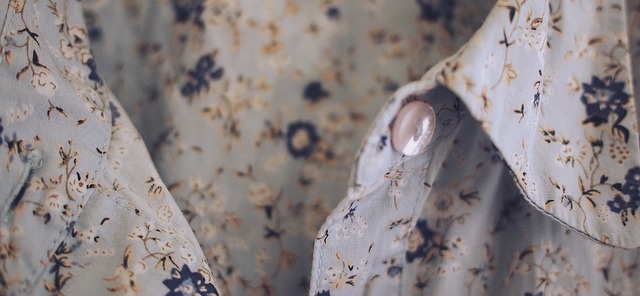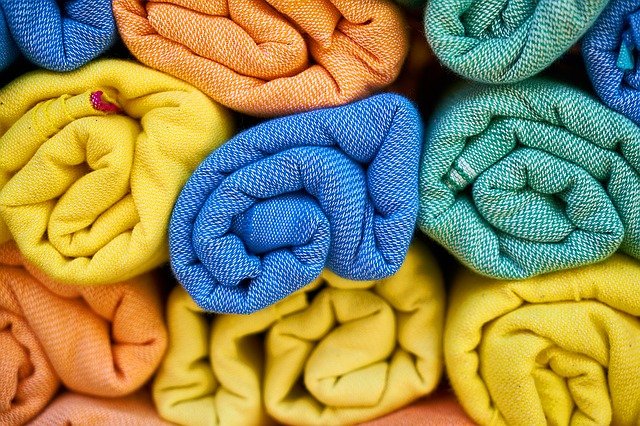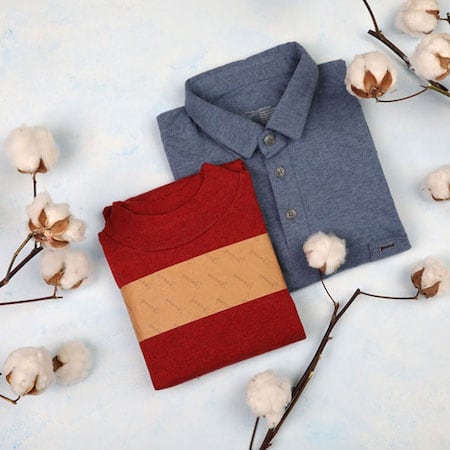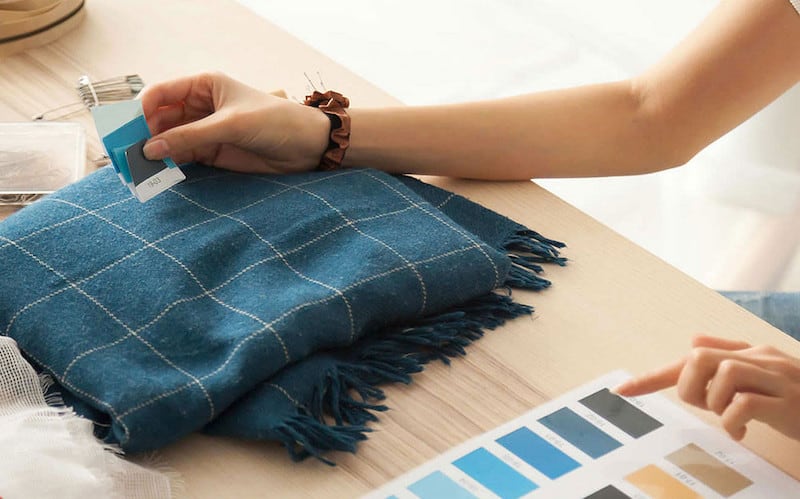Author: Mahlagha Sadoughi / Kohan Textile Journal / [email protected]
The clothing industry is one of the leading and most popular industries in the world that has attracted many countries’ attention.
In Iran, in the late ’90s, artisans realized the potentials of the clothing industry. From the beginning, Iranian products’ quality caused Iranian clothing to open its place in European markets.
However, this popularity’s lifespan was short, and many negligences caused the industry to go downhill. Today, countries that were once unable to compete with Iranian clothing have now taken the place of Iranian products in European markets. Clothing production in Iran has some advantages and disadvantages, which are discussed in the following essay.
• Advantages
The garment industry in Iran can create high added value, monetization, and vast employment. Setting up a garment workshop does not require huge capital. At the same time, it can create significant added value. It can be considered a substantial advantage of running a garment production unit in Iran alike worldwide. However, the benefits of producing garments in Iran became more important with enacting the law banning the import of clothing to this country.
Due to this, Iranian clothing manufacturers found more favourable conditions for offering their products to the domestic market. For instance, prior to implementing the law banning clothing importing, shopping malls were full of foreign brands. While, at present, Iranian clothing brands are vastly welcomed to sell their products in popular malls.
The currency price has increased in the current situation, but the cost of clothing produced in Iran is lower than in many other places. Thus, the Iranian clothing sector has the potential to compete in global markets. Moreover, considering the currency price increment, the demand for foreign clothing has also decreased, and therefore the illegal import of smuggled clothing has reduced.
These issues have helped Iranian garment producers to promote their place in the market. On the other hand, according to the Government of the Islamic Republic of Iran laws, women are obliged to wear the hijab. Therefore, clothing manufacturers in Iran have the opportunity to produce products such as chador, manteau, and scarf without strong foreign competitors.
• Disadvantages
In addition to the Iranian garment industry’s benefits and potentials, there are some substantial obstacles that Iranian clothing producers face. Today, international restrictions have affected Iranian businesses. The domestic clothing market has also suffered greatly in recent years due to economic and trade sanctions.
Moreover, lack of skilled and specialized operating and managing personnel, exchange rate fluctuations, high cost of final products due to high overhead costs, poor design, and disregard for the needs and changes of the fashion market and customer tastes are among the problems that the clothing industry in Iran suffers.
Nowadays, customers are looking for up-to-date products, and their needs change with global trends. Sometimes domestic brands do not meet these needs. Although in recent years, domestic manufacturers’ efforts and the widespread use of social media have created a good interaction between customers and high-quality Iranian brands.
Lack of funding for manufacturers’ participation in international exhibitions, high bank interest rates, lack of connection with reputable international brands, and disregard for conventional international standards can be mentioned as other garment industry challenges in Iran. On the other hand, the lack of common apparel events in the world, such as catwalk shows, has limited the Iranian brands to show off.
Communication with global brands and clothing production with foreign investment can boost Iranian clothing production, increase employment, and gaining the necessary knowledge and standards. Most clothing industry manufacturers are small and medium enterprises, which are individually and independently connected to the market in a small volume and produce clothing based on product copying.
Iranian clothing has had a significant position in European markets in the past. For instance, the “Arian Jin” clothing brand exported denim to countries such as France, Germany, and Italy in the 1970s. The “Jamegan” and “Jamegaran” factories were also among the garment manufacturers and exporters to the European countries. But wrong policies put the Iranian garment industry down and marked the decline of this industry.
Today, Iran could take advantage of the clothing industry in its economic development and growth; instead, it has given way to competitors such as China and Bangladesh, which produce a quarter of the world’s consumer clothing.
Meanwhile, Iran’s garment industry is still competitive with other garment-producing countries in terms of quality since Iran is still one of the top countries in terms of sewing. However, due to the problems such as high costs of materials, illegal imports or smuggling, exchange rate fluctuations, etc., Iran has lost the opportunity to compete equally in the global clothing market. Due to the exchange rate fluctuations, exporters cannot get orders from foreign customers. Because of the constant rise in raw material prices, producers cannot meet their obligations to customers.
As mentioned earlier, the Iranian government has implemented a law banning importing goods, such as textiles and clothing. Although one of the reasons for the ban on importing raw materials for garment production is to support the textile industry, it is essential to note that the textile industry can only supply 30% of the garment industry’s raw materials.
Therefore, if the textile industry cannot supply the garment industry’s raw materials, the industry will stop moving. The policy of supporting the textile industry, which was done by cutting off raw materials imports, will have the exact opposite effect and stops promoting the clothing industry.
It is also necessary to mention that by cutting off the raw materials’ imports, a monopoly is created for the domestic textile industry, and producers can offer their goods to the applicants at the highest price without a competitor and without improving the quality. The same thing has happened now, and due to the problems of importing raw materials, the garment industry must obtain the raw materials it needs from the domestic textile industry.
In contrast, the textile industry cannot meet domestic demand and has faced a lot of orders. In this situation, these industries are requesting to receive all the money from the buyer before production, which has caused new problems due to the garment production units’ liquidity problems.
Domestic producers’ inability to meet the market’s needs and the high customs tariff on clothing imports to Iran has led to the formation of unofficial markets and clothing smuggling in Iran. Reasonable measures were taken to combat smuggled clothing and to collect brands supplying smuggled garment.
These actions led to the return of many manufacturers to production. Unfortunately, with the coronavirus outbreak and currency problems, the clothing industry re-entered into turbulent conditions.
Now, the garment production sector is in challenging economic conditions with currency problems. It could be said that domestic clothing manufacturers are currently facing a production slump, partly due to the recession in the market and partly due to the Coronavirus outbreak.





















